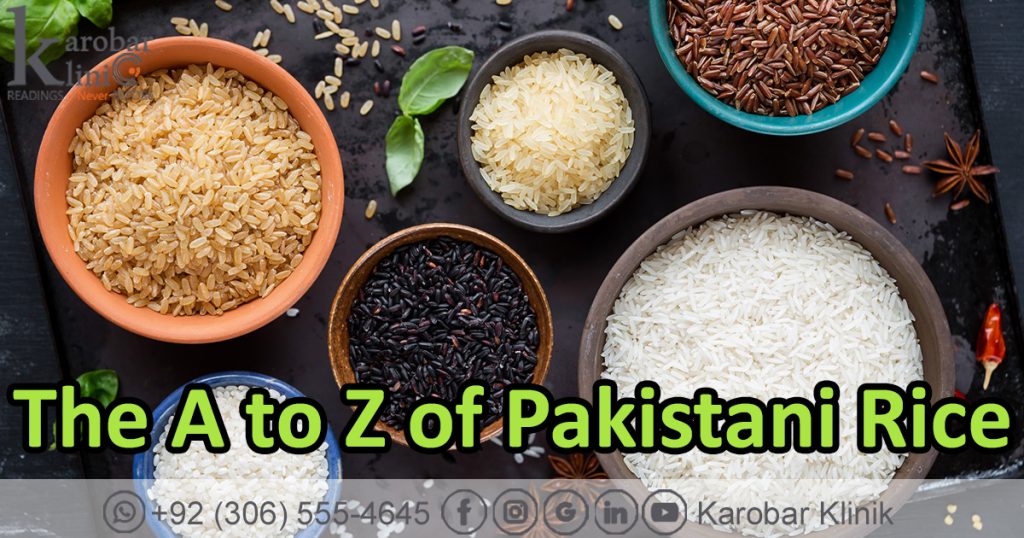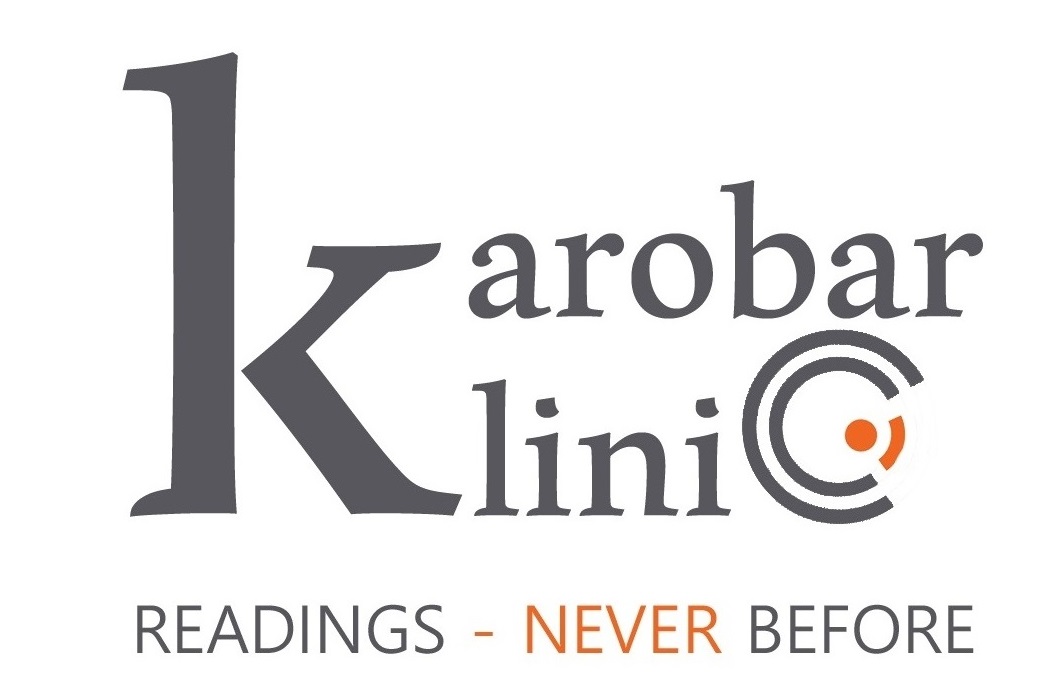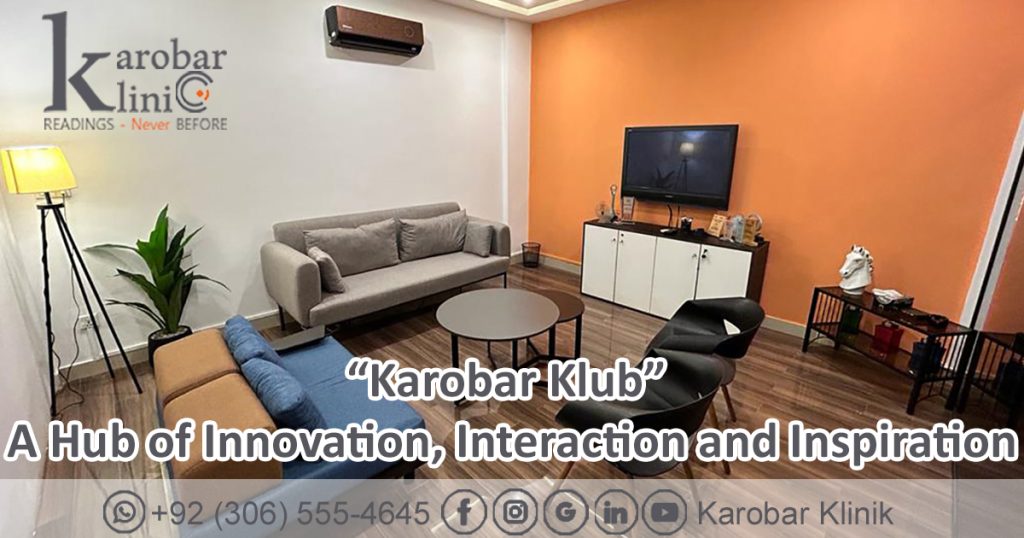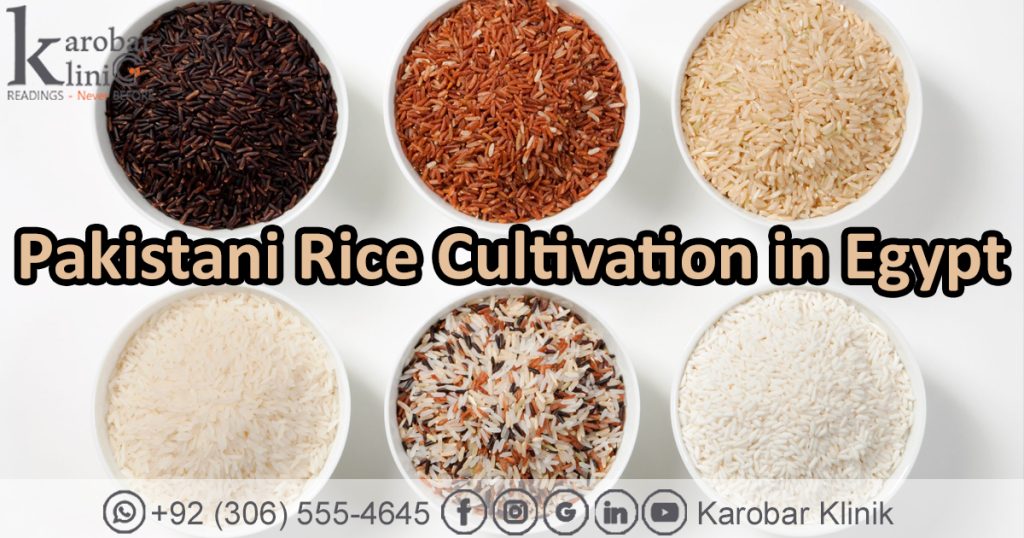The A to Z of Rice Types in Pakistan

Exploring Varieties, Tastes, and the Farmers’ Triumph Over Nature
Rice, the heart and soul of Pakistani kitchens, comes in a delightful array of varieties, each with its own story, flavor, adaptability, and a side of broken rice.
From the familiar Basmati to the versatile PK-386, let’s take a flavorful journey through the landscapes, tastes, and uses of these everyday grains that grace our tables.
1. Basmati Rice: Fragrant Magic from Fields to Feast
Where It Grows: Picture the golden plains of Punjab and parts of Sindh, where Basmati reigns supreme. Places like Sheikhupura, Hafizabad, Kasur, and Narowal nurture this fragrant beauty.
Weather It Loves: Basmati enjoys a bit of drama – a subtropical climate with humidity during the monsoon and dry spells during harvest.
Yield per Hectare: On average, the fields yield 2 to 2.5 tons per hectare of these aromatic, slender grains.
Broken Rice Percentage: Typically, Basmati rice has a low percentage of broken grains, around 5-7%.
Distinct Features:
- Aroma and Texture: Basmati’s unique nutty or floral scent and long grains that cook up fluffy and separate.
- Culinary Magic: A star in biryanis and pulaos, adding that extra aromatic touch to our festive meals.
Consumption and Export:
- Kitchen Staple: Basmati graces our everyday and special-occasion meals, celebrating the essence of Pakistani cuisine.
- Global Ambassador: Beyond borders, Basmati rice makes its mark, contributing significantly to Pakistan’s exports.
2. Super Kernel Basmati: Excellence in Every Grain
Where It Grows: In the heart of Punjab – think Gujranwala, Kamoke, and Sheikhupura – Super Kernel Basmati defines excellence.
Weather It Loves: Much like its Basmati cousin, it thrives in a subtropical embrace.
Yield per Hectare: With a yield of 2.5 to 3 tons per hectare, Super Kernel Basmati stands tall with its longer, premium-quality grains.
Broken Rice Percentage: Super Kernel Basmati maintains a low broken rice percentage, typically around 5-8%.
Distinct Features:
- Extra Length: Super Kernel Basmati takes the Basmati legacy a step further with even longer grains.
- Intense Aroma: An intensified aromatic profile, making every dish a sensory delight.
Consumption and Export:
- Celebratory Elegance: Reserved for grand feasts and special gatherings, it graces our tables on joyous occasions.
- Global Prestige: Super Kernel Basmati holds its own on the international stage, showcasing the best of Pakistani rice.
3. PK-386: The Go-To Grain for Every Pot
Where It Grows: PK-386 is the everyday hero, found in the diverse landscapes of Pakistan – from Faisalabad to Sahiwal and Toba Tek Singh.
Weather It Loves: PK-386 is a trooper, thriving in various climates with a moderate touch of warmth.
Yield per Hectare: Impressing with a yield of 3 to 3.5 tons per hectare, PK-386 caters to the everyday needs of Pakistani kitchens.
Broken Rice Percentage: PK-386 tends to have a slightly higher broken rice percentage, ranging from 10-15%.
Distinct Features:
- Versatile Buddy: PK-386 adapts easily, becoming a reliable choice for a variety of dishes.
- Balanced Medium Grains: A perfect balance that pleases palates across the nation.
Consumption and Export:
- Kitchen Companion: PK-386 is a kitchen staple, making its way into everyday meals, meeting the diverse culinary needs of Pakistani households.
- Global Contributor: Beyond local kitchens, PK-386 plays its part in Pakistan’s rice exports, showcasing its adaptability to the world.
4. IRRI-6: Resilient and Pocket-Friendly
Where It Grows: Thriving in areas like Sheikhupura, Okara, and Vehari, IRRI-6 is the resilient choice for farmers.
Weather It Loves: IRRI-6 laughs in the face of varying climates, making it a reliable companion for farmers facing unpredictable weather.
Yield per Hectare: Bringing affordability to the table, IRRI-6 yields an average of 4 to 4.5 tons per hectare.
Broken Rice Percentage: IRRI-6 often has a higher broken rice percentage, ranging from 15-25%.
Distinct Features:
- Weather Warrior: IRRI-6 is the go-to in unpredictable climates, showcasing its resilience in the face of changing weather.
- Affordable Palate Pleaser: With a pocket-friendly nature, it’s a common choice for households across economic spectrums.
Consumption and Export:
- Common Fare: IRRI-6 graces everyday meals, providing an affordable and accessible option for households across Pakistan.
- Global Friend: Beyond borders, IRRI-6 is a significant contributor to Pakistan’s rice exports, meeting the global demand for affordable and reliable rice.
5. IRRI-9 (KS-282): The Balanced Choice for Every Pot
Where It Grows: Cultivated in the warmth of areas like Gujranwala, Mandi Bahauddin, and Hafizabad, IRRI-9, or KS-282, brings balance to the fields.
Weather It Loves: A lover of moderate warmth and just the right touch of rainfall, making it a dependable choice.
Yield per Hectare: Striking the right balance, IRRI-9 offers a yield ranging from 3.5 to 4 tons per hectare.
Broken Rice Percentage: IRRI-9 generally has a lower broken rice percentage, around 5-10%.
Distinct Features:
- Versatile Performer: IRRI-9 strikes a balance between yield and culinary quality, making it suitable for various dishes.
- Medium-Grain Excellence: With medium grains, it enhances the overall dining experience.
Consumption and Export:
- Everyday Star: IRRI-9 is a versatile choice for both everyday meals and special occasions, making it a popular option in households.
- Global Harmony: Its balance of yield and quality contributes to the export market, showcasing its potential on the international stage.
6. D-98: The Sweet Indulgence for Dessert Delights
Where It Grows: Finding its niche in warmer regions like Khanewal, Multan, and Bahawalpur, D-98 adds a sweet touch to the fields.
Weather It Loves: Basking in the warmth, D-98 thrives in regions where the sun shines a little brighter.
Yield per Hectare: The yield for D-98 hovers around 3 tons per hectare, making it the sweet indulgence for dessert lovers.
Broken Rice Percentage: D-98 tends to have a moderate broken rice percentage, ranging from 10-15%.
Distinct Features:
- Sweet and Short: D-98’s short-grain nature lends itself well to dessert applications, creating a pleasing texture in sweet dishes.
- Dessert Darling: Its role in desserts, especially kheer, adds a distinct touch to local culinary delights.
Consumption and Export:
- Sweet Harmony: D-98 is specifically used for sweet dishes, enriching desserts with its unique texture and flavor.
- Local Sweetness: While not a major player in exports, its role in dessert preparations adds a distinct touch to local culinary exports.
7. Sella Rice: Nutrient-Rich Powerhouse for Biryani Bliss
Where It Grows: In regions with both high temperatures and water scarcity – think Sheikhupura, Gujranwala, and Sialkot – Sella rice is the nutrient-rich powerhouse.
Weather It Loves: Bring on the heat! Sella rice thrives in areas where high temperatures and water scarcity prevail.
Yield per Hectare: Boasting an average yield of 3.5 to 4 tons per hectare, Sella rice is a nutrient-rich powerhouse.
Broken Rice Percentage: Sella rice often has a lower broken rice percentage, around 5-10%.
Distinct Features:
- Parboiled Goodness: The parboiling process enhances Sella rice’s nutritional content, making it a wholesome choice.
- Biryani Bliss: Its firm texture and ability to absorb flavors make it a preferred choice for biryanis and other rice-based dishes.
Consumption and Export:
- Local Favorite: Sella rice is popular in domestic kitchens, especially for festive occasions where biryanis take center stage.
- Global Nutrition: Recognized for its quality and nutritional value, Sella rice contributes significantly to Pakistan’s rice exports.
8. KS-282: The Dependable Medium-Grain Choice for Every Pot
Where It Grows: Also known as IRRI-9, KS-282 is cultivated in regions with warm temperatures and moderate rainfall – districts like Gujrat, Sialkot, and Mandi Bahauddin.
Weather It Loves: Warm and just a touch of rain – that’s the sweet spot for KS-282.
Yield per Hectare: With a consistent yield ranging from 3.5 to 4 tons per hectare, KS-282 is known for its adaptability and reliable performance.
Broken Rice Percentage: KS-282 typically has a lower broken rice percentage, around 5-10%.
Distinct Features:
- Consistent Performance: KS-282 is valued for its stability, providing farmers with a dependable choice for rice cultivation.
- Medium-Grain Excellence: Its medium-grain texture enhances the culinary experience in a variety of dishes.
Consumption and Export:
- Everyday Staple: KS-282 is a staple in many Pakistani households, used for everyday meals and special occasions.
- Export Reliability: Its adaptability and consistent performance contribute to the export market, showcasing its reliability on a global scale.
In conclusion,
the world of Pakistani rice is a fascinating tapestry of flavors, adaptability, and the hard work of farmers facing ever-changing weather conditions.
Each variety, from the fragrant allure of Basmati to the reliable performance of IRRI-6, contributes to the vibrant culinary heritage of Pakistan, gracing our tables with diversity, delight, and even a sprinkling of broken rice.
So, let’s celebrate the grains that bring us together, one delicious dish at a time.
AI Analytics Billing Books Branding Business Cafe Canada Collaboration Data Science Digital Transformation Education Entrepreneurship Health Innovation Kids Learning Lessons Lifestyle Management Mobile App Development Networking Opportunity Partnership Politics Retail Review Software Development Stress Success Team Work Technology Together Training Travelling UpSkilling Youtube



